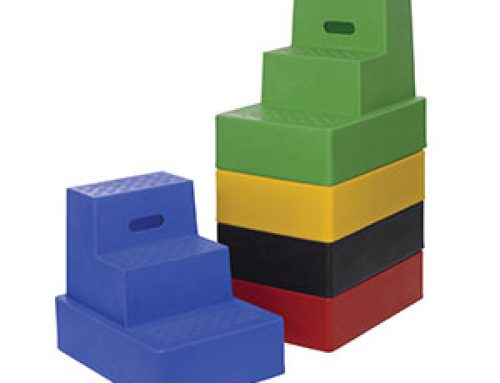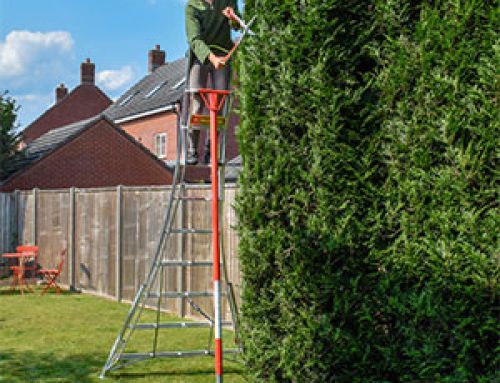The Wanapum Dam on the Columbia River, Washington, was opened in 1963 and created a reservoir and hydroelectric power station for the area. The Columbia River is one of the native habitats of Chinook salmon and steelhead, both protected species in the USA. Because of their status, fish ladders were built into the dam to allow the safe passage of these species on their way back to upstream spawning grounds. The spring Chinook salmon run is protected by the Endangered Species Act and extra care is taken to ensure the safe passage of these fish to their destination. However, in February of this year, divers spotted a 65-foot long crack in part of the concrete spillways and water levels in the reservoir behind the Wanapum Dam were dropped to reduce the pressure on the cracked part of the structure. Unfortunately, this meant that the exit of the fish ladders did not reach the water and they ran dry near the top, rendering them impassable for any fish. The lowered water level also affected fish ladders at the Rock Island Dam, located upstream from Wanapum, where fish ladders had to be extended by 30 feet at the entrance to reach the low river level.
Ladder Modifications
At the Wanapum Dam the fix was not so easy. Water needed to be pumped into the fish ladder, allowing fish to swim all the way up the ladder. The exit was also modified with a slide that safely allowed fish to enter the water of the reservoir. On the first day of operation, the newly modified fish ladders helped all 61 waiting fish over the dam, which showed the engineers their plans had worked. As well as the modifications to the fish ladders, crews are also collecting migrating fish from further downstream and transporting them by road past the Wanapum Dam. Eighteen miles downstream at the Priest Rapids Dam there is a fish collection facility that is usually used to catch fish for scientific study before they are released back into the river. It is places like this that count numbers and keep tabs on the health and size of the population. In this instance, the fish are being collected as normal, but then diverted into tanker trucks for transportation past the Wanapum Dam. On the first day of operations, a single fish was transported 26 miles to the release site and on the second day, only three were taken by road. It may seem silly to go to all that effort for four fish, but each one is as valuable as the next and by testing out the collection and release plan on a few fish to begin with, improvements can be made if any are needed. The total cost of the works so far, including the fish ladder modifications and collection scheme is $1.5 million. Around 15,000 spring Chinook are expected at Priest Rapids Dam by June and the hauling system can only move 1,500 fish per day. The rest will have to contend with the modified fish ladders at Wanapum and Rock Island. In addition to these wild fish, 250 hatchery reared Chinook will be released below Wanapum Dam and their progress through the ladders will be tracked to help measure the effectiveness of the solutions. The works are expected to total in excess of $7 million across all three dams over the migration season.






Leave A Comment
You must be logged in to post a comment.